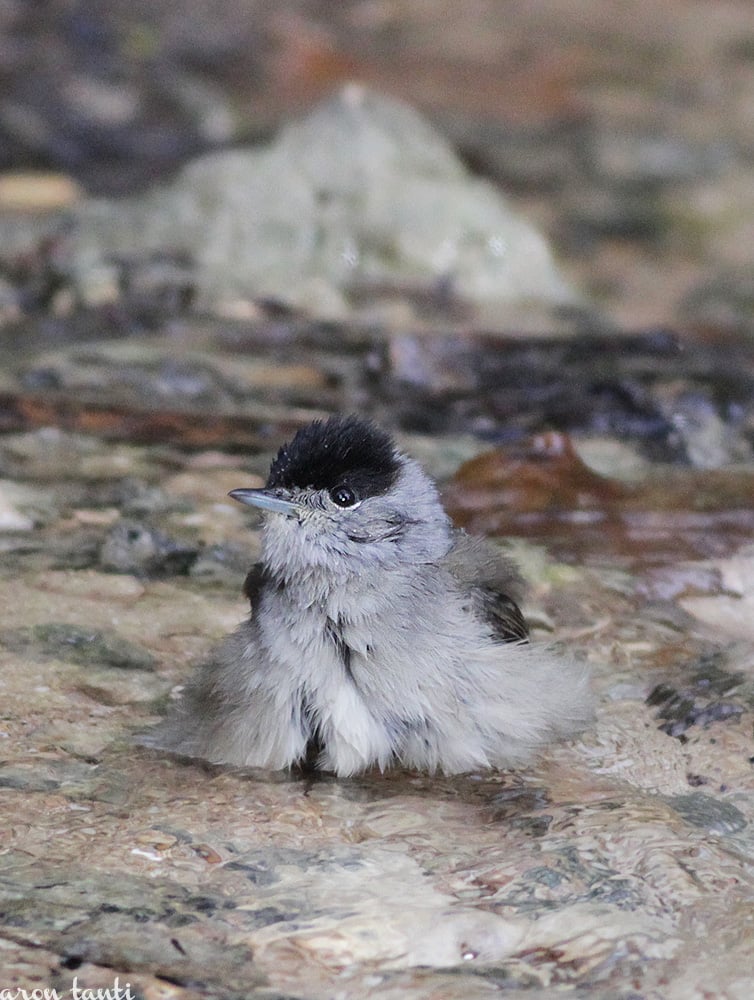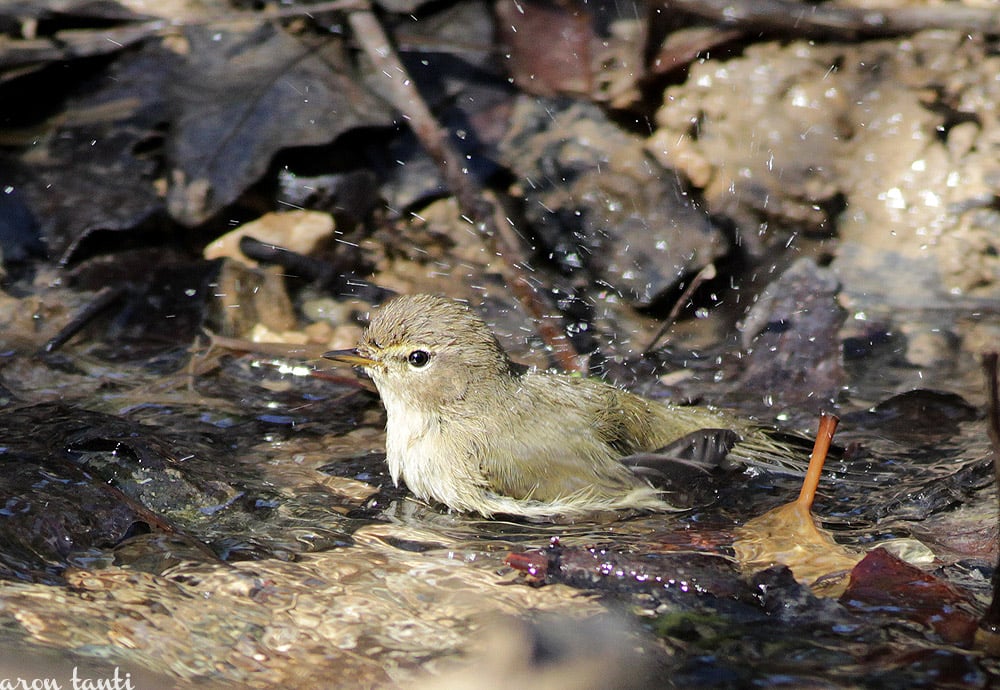First of all let me welcome Aron Tanti, a photographer I have known for some years but not in the vest of a photographer. Up until recently I was not aware that Aaron had such a passion for birds and nature photography.
Aron is married and a father of a very talented young pianist and lives in Fgura. Aron was born on the 24th of July 1979 in Birkirkara, where he received his primary education. He continued his education at St. Paul’s Missionary College, and furthered his studies at the University of Malta Junior College. Eventually, he sat for a degree in Education at the University of Malta. For the past fifteen years, he has been teaching Computing at the Boys’ Lyceum in Ħamrun (Il-Liċeo), today part of San Ġorġ Preca College.
Aron has been very helpful in immediately accepting my invitation for this interview.
So let's get started...
So Aron how did you get into photography? If i recall well your initial interest was not in photography but in birds - right?
Being brought up in a family in which bird hunting was part of everyday life, it was quite natural to develop a particular passion for birds. I used to go hunting and trapping for birds with my relatives, but at age 17, I realised that with my hobby, I was hindering what I loved so much, the birds. Eventually, I concluded that compared to guns and nets, a photographic camera was a much better option. So basically, it was from birds to photography, not the other way round for me!
When we had met you had at length began to explain to me the process you use to call and talk to the birds. Do you mind sharing some tips here for those who are interested in bird photography? What do you use to attract them?
Apart from beautiful, bird calls are also very meaningful. Actually, I believe that everything in nature has a very specific and important role, hence bird calls are no exception. Birds use their calls as contact calls during flight, whilst in the trees or feeding on the ground, to signal danger, to repel intruders, and to attract a mate, amongst other circumstances. Knowing the calls of at least the common species is of great help on many occasions. For example, the Cetti’s Warbler is a resident bird that breeds in Malta, and is quite common throughout the year in our valleys, but since it seldom leaves the thick vegetation, the only way to be aware of its presence is by listening for its call. Having a handy bird calls’ database to which you can refer will surely help a lot. One such reference could be http://www.xeno-canto.org/ I have to note that one has to be careful how to use a caller in the countryside as it is illegal to use any electronic lures to hunt or capture wild birds in the Maltese islands. It is also very important not to disturb any nesting birds during the breeding season, basically during spring, as the well-being of the birds should always remain of utmost concern, much more than the possibility of taking a good photo.
How do you find bird photography is different from all other types of photography?
Bird photography is a constant challenge, full of surprises, very unpredictable, time-consuming, but also extremely rewarding. The fact that every photo is a once-in-a-lifetime experience is a thrill in itself. It is not possible to repeat a shot, hence you will only have that unique instant to freeze the moment. Unfortunately, Malta is not the ideal country to practice bird photography for a number of reasons, but these reasons never stopped me from going out and about whenever I manage to find some free time.
What books / resources did you find more useful at the beginning of your photographic career that helped you reach what you produce today?
If you want to have just one very good reference guide for the birds of Europe and North Africa, I would suggest the Collins Bird Guide. I constantly refer to it, and thanks to its very good illustrations and textual descriptions, identification of species becomes much easier. Lately, a number of local publications regarding the local avifauna have also been issued. As regards bird photography, I might suggest ‘Photographing Wild Birds’ by Chris Gomersalll, but I would also suggest the use of the many on-line tutorials that are freely available on the internet.
When we were talking about photography you told me you use a long lens and an APS-C camera for more reach... What is currently in your photography bag when you go out shooting birds? Do you mind sharing your setup? (tripod, triggers, etc)
Regardless how good you are, it would be close to impossible to get certain shots without the proper hardware. Personally, I work with Canon, and for my bird photography, I almost exclusively use a 400mm f5.6 L prime lens. I also have a 70-300mm Canon zoom lens, but as I already stated, I rarely let my prime lens out of my reach! Apart from the times when I am in a hide, I rarely use my tripod, especially when I am on the lookout for birds in flight or hopping around in the trees all around me.
On the other hand, when I am next to a pond, hidden in a hide, waiting for birds to come and have a bath, then yes, a tripod helps a lot (below are some shots taken this morning featuring a number of birds bathing about 4 metres away from my hideout). Being well hidden is crucial to be able to get good close-ups of most species. Although having a photographic hide is very helpful, sometimes creativity might yield all that is necessary to conceal yourself just enough to allow the birds to approach. Having the birds coming closer to you is always much better than trying to approach the bird yourself.
If your whole photographic collection was burning, and you could save just one photo you took, which one would it be and why?
I have to admit that I really cannot spot that single photo. For me, every photo has its own story. Some are special for their composition, some because of the species featured, some because of the challenge required to get the shot, and so on. I am attaching some shots which I particularly like.
Which is the photo which took you the most time and effort to take? (include photo for inclusion)
I have been waiting to get a photo of a Siskin (Ekra) in Malta for years, and guess what, I managed to get the first one THIS morning! For the non-bird-enthusiast, the species does not have any striking features, but for me, having waited so long to capture it, it is very special indeed!
What are your thoughts on the next evolutionary steps in photography for the future?
The opportunity to go abroad for bird photography is always something that I gladly grab, but managing to get a good bird image on our island has that extra special vibe, hence my future includes the goal to get that better shot, as regardless how many photos I have of a species, there is always the possibility to get a better one. The rapid improvement in the digital arena is one of the ingredients that makes it possible to improve any images that one might already possess. The constant increase in the image resolution, image sensor quality, and processing speed are amongst the upgrades that I am sure will urge the photographer to keep on expanding and update his/her image database.
I see your shots to be natural and so relaxing. Do you process your images in any way? How much does post-production play a role in your photography?
As regards the posture of the birds in my shots, I try to become as invisible as possible whilst waiting for a bird to approach, so that it will act normally, being courting, feeding, or simply resting. A main ingredient for bird photography is patience. Sometimes hours of waiting are required for a couple of seconds of action, but then the camera will give me the opportunity to freeze that split of a second forever! I strongly believe that bird photography is a way to transform that very short moment into something permanent that can be enjoyed and shared with others. With this argument in mind, I try to leave my images as natural as possible. Some cropping, sharpening and level adjustment are usually all that I apply to my photos. Having said this, there are occasions when I decide that editing my shot/s will help me create something worth it, such as the image below, which image I used on new year’s day. To conclude this point, as a rule, I feel that my photography is a means of capturing a moment, not of creating one with post-production.
What advice would you give to new photographers to improve quickly and effectively? What advice would you give to more experienced ones?
Regardless of your level of experience in photography, bird photography is always a challenge that requires reflection and some level of planning. For the beginner, I would suggest some target practice on commoner species such as pigeons, sparrows and ducks. Mastering the equipment before hitting the field is helpful, but I feel that experimenting whilst out in the field is even more important. Public gardens might provide ample opportunity to ‘target’ very interesting species such as Robins, Warblers, Redstarts, and other not-so-shy species, many of which are residents, hence will give you multiple occasions of shooting. The verb ‘shooting’ might sound debatable, but as long as you take photos, not lives, I am sure nobody will bother much!
What are your future goals as a photographer?
My main challenge will be finding the right balance between work, family duties, and photography so as to continue enjoying this rather time-consuming hobby. Apart from being a passion that I use to unwind, relax and enjoy myself, I will try to carry on using my images to promote awareness of our priceless but extremely fragile environmental heritage. What we destroy today cannot be enjoyed tomorrow; hence I believe that being aware of what we are risking might help an individual to become even more concerned. We should never forget that we do not own planet Earth, but were given the privilege to live on it for a limited number of years, hence we should feel duty bound to do our best to leave it in a good shape for those who are coming after us. Many agree that a picture is worth a thousand words, hence I try to pass on my message through my images.
We thank you Aron for finding time to answer our questions. I am sure that a number of photographers will find this interview interesting and inspirational for their work.











